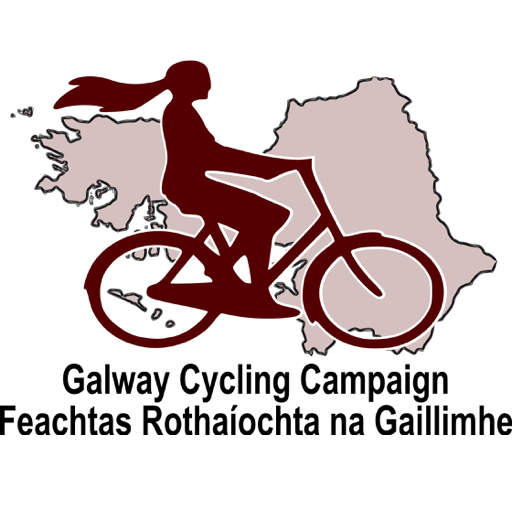Category: Change Our Streets
-
Addressing the Teen Cycling Gender Gap – Research and Action
An online public meeting for parents, teachers, and youth workers about trying to understand the gender gap in lower cycling rates among teenage girls will be held by Galway Cycling […]
-
Opinion: The programme for government is like a visit from Santa for cyclists
COULD IT REALLY be that Santa has arrived six months and one week ahead of schedule? In the programme for government, we are told that €1 million euro a day, […]
